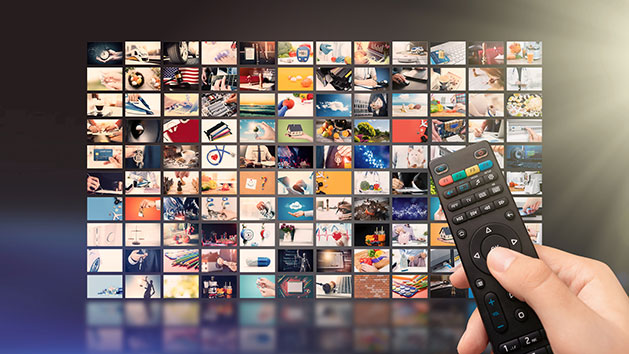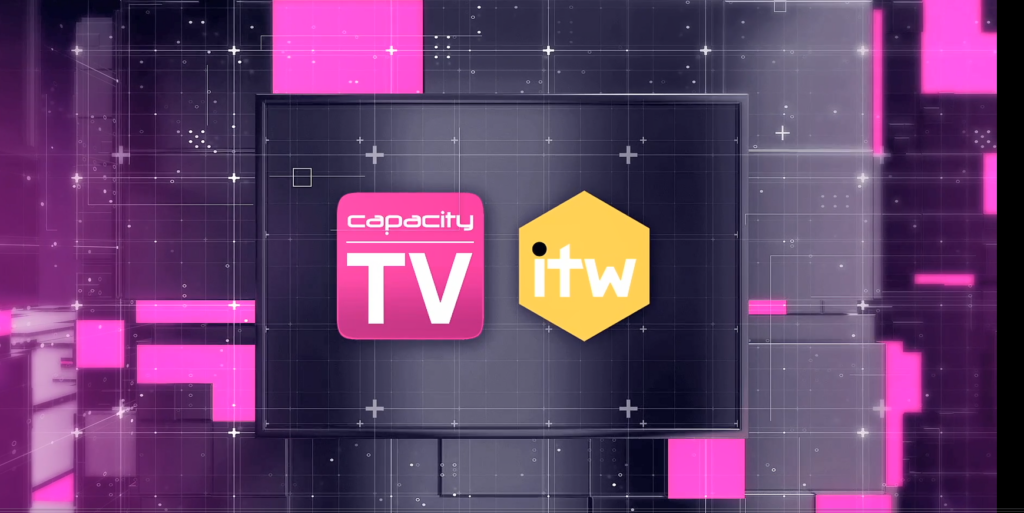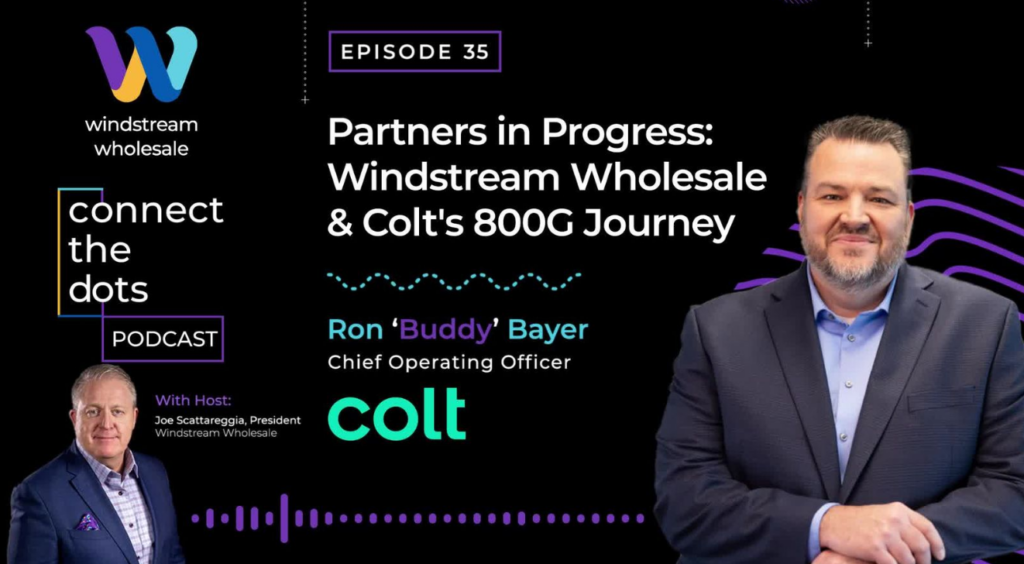Growing Choices for Streaming Providers

Summary: While streaming services are relatively inexpensive, how many is too many to have?
Do you remember the first movie you ever streamed? Honestly, I don’t. Nor do I remember the provider from which I streamed it, or the device that I watched it on. It’s surprising to me that what was such a memorable event at the time, is completely gone from my memory.
While streaming video content is becoming an everyday occurrence for many, it seems the ever-growing market of streaming providers has no bounds. Consumers are moving on from conventional programming bundles, creating opportunities for streaming providers to gain market share.
Is competition creating too many choices?
With so much future revenue at stake, competition is certainly on the rise. Netflix, Amazon, HBO, and Hulu all hold exceptional content, but many of the most popular shows and movies are only available on one specific service. New services are on the way too, such as Disney’s upcoming Disney+ launching in November. Many would agree the streaming space has already become crowded with plenty of well‑established brands and enough disruptors to choose from.
Competition is also increasing for traditional TV providers who are finally motivated to break up programming bundles into more tailored packages. The savviest TV providers are now including subscriptions to popular streaming sites within their own service bundles.
Subscriber fatigue
So, how many streaming providers are too many to have?
I remember thinking just a few years ago “do I really need 168 channels?” And now, I have thousands of options within just one streaming subscription. Yet to keep everyone happy, families often find that multiple streaming subscriptions is the way to go. In 2018, 43 percent of U.S. households had more than one streaming video service, up from 20 percent in 2015.
In 2018, 43 percent of U.S. households had more than one streaming video service, up from 20 percent in 2015.
Entertainment: at what price?
When streaming services are relatively inexpensive, consumers seem less concerned about subscribing to more than one. At what point does this begin to change? When will consumers stop seeing it as a good value to have multiple subscriptions? With the expectation that some content will only be viewable via certain video services, (which will soon be the case with Disney’s content) consumers may be forced to add additional services or live with fewer viewing options.
I do find it amazing that a hot dog at a Walt Disney World resort costs $14.99 plus tax, but Disney+ which provides full access to Disney’s complete catalog of content, 24-hours a day, only cost $6.99 per month. I’m not sure if this makes the service a good deal, or the hot dogs a rip off.
The quest for your attention
All these streaming providers are vying for one thing: your attention. So how much attention is out there for them to gain? As the cost of content continues to rise and consumers demand new video and audio technologies, a provider’s subscriber count is more important than ever. Dolby Vision and Dolby Atmos provide significantly enhanced customer experiences, but they also require more resources such as processing power and bandwidth to deliver the video. This is where providers like Windstream Wholesale fit into the streaming experience by providing ultra-high capacity connections to the internet and the content provider’s internal networks.
So which streaming providers do you think will be most successful in the coming years? Only time will tell. And while we, as subscribers can go back in time and watch The Matrix from 1999 (which was likely the movie I chose as a true test for my first streaming experience), our favorite streaming providers can only move forward in time.
[1] Mike Snider, “Avoiding the cold? You may as well binge. Streaming video is only going to grow in 2019,” USAToday.com (3 Jan. 2019).
Key takeaway: Soon, ultra-high capacity connections to the internet and the content provider’s internal networks will be imperative to streaming.


